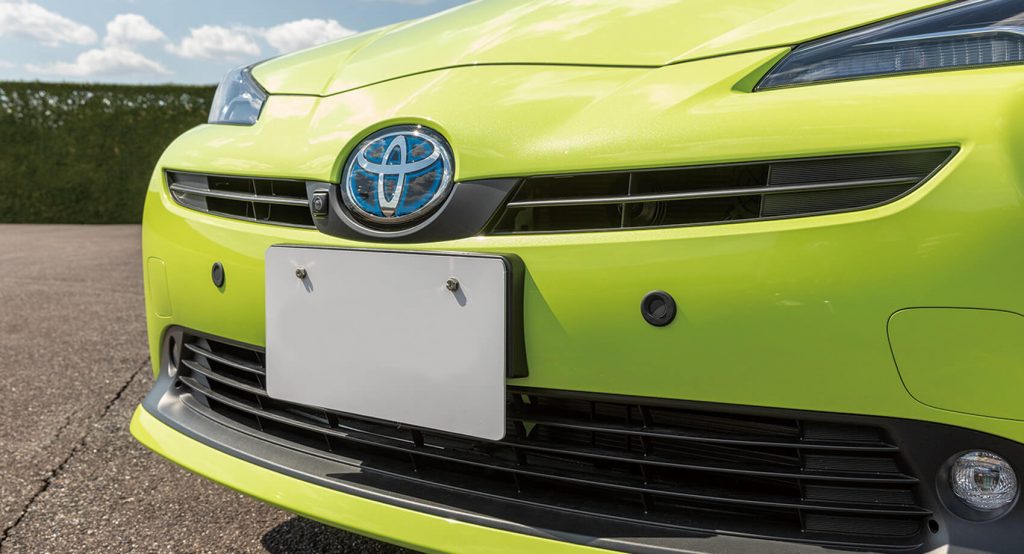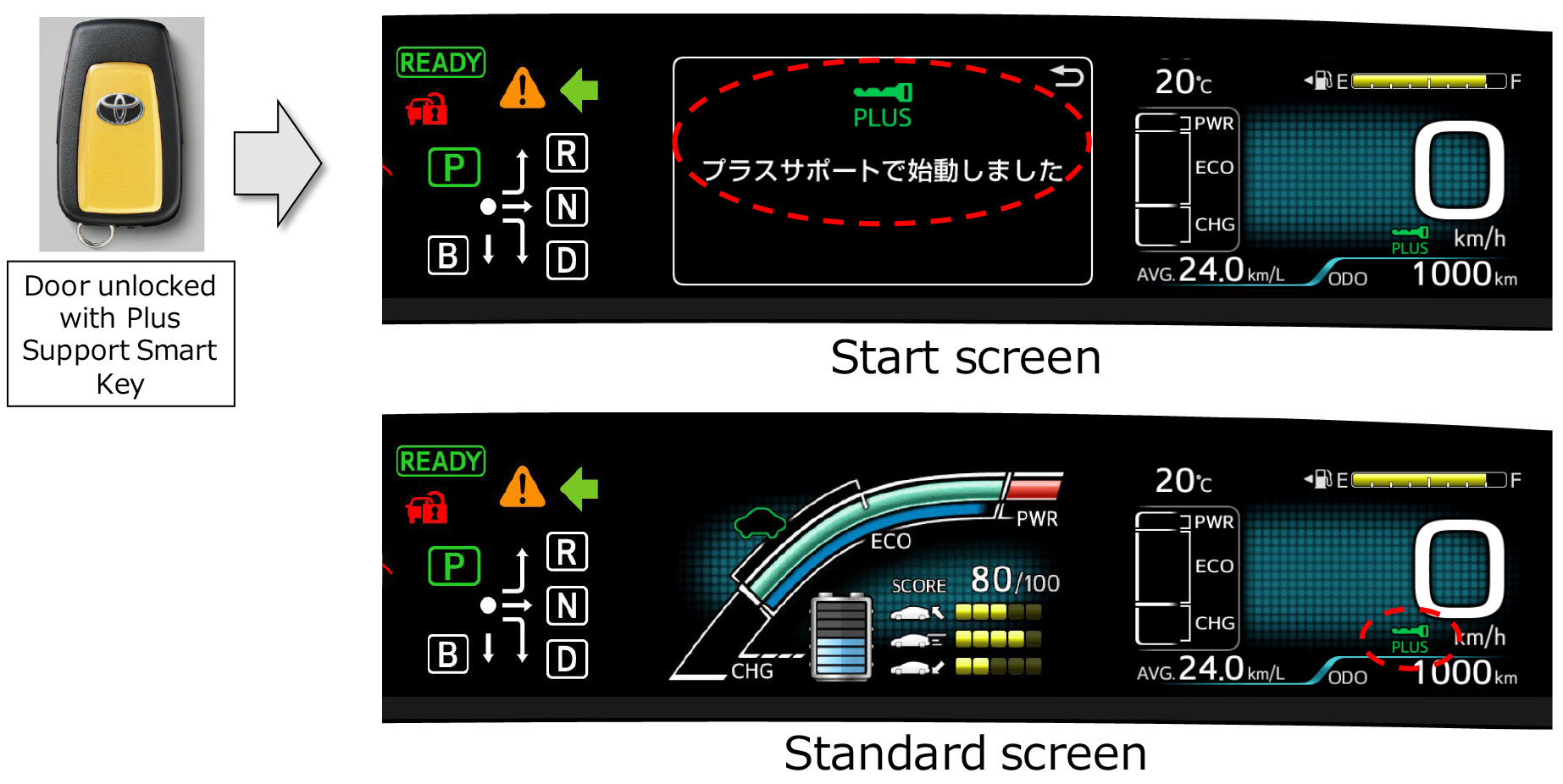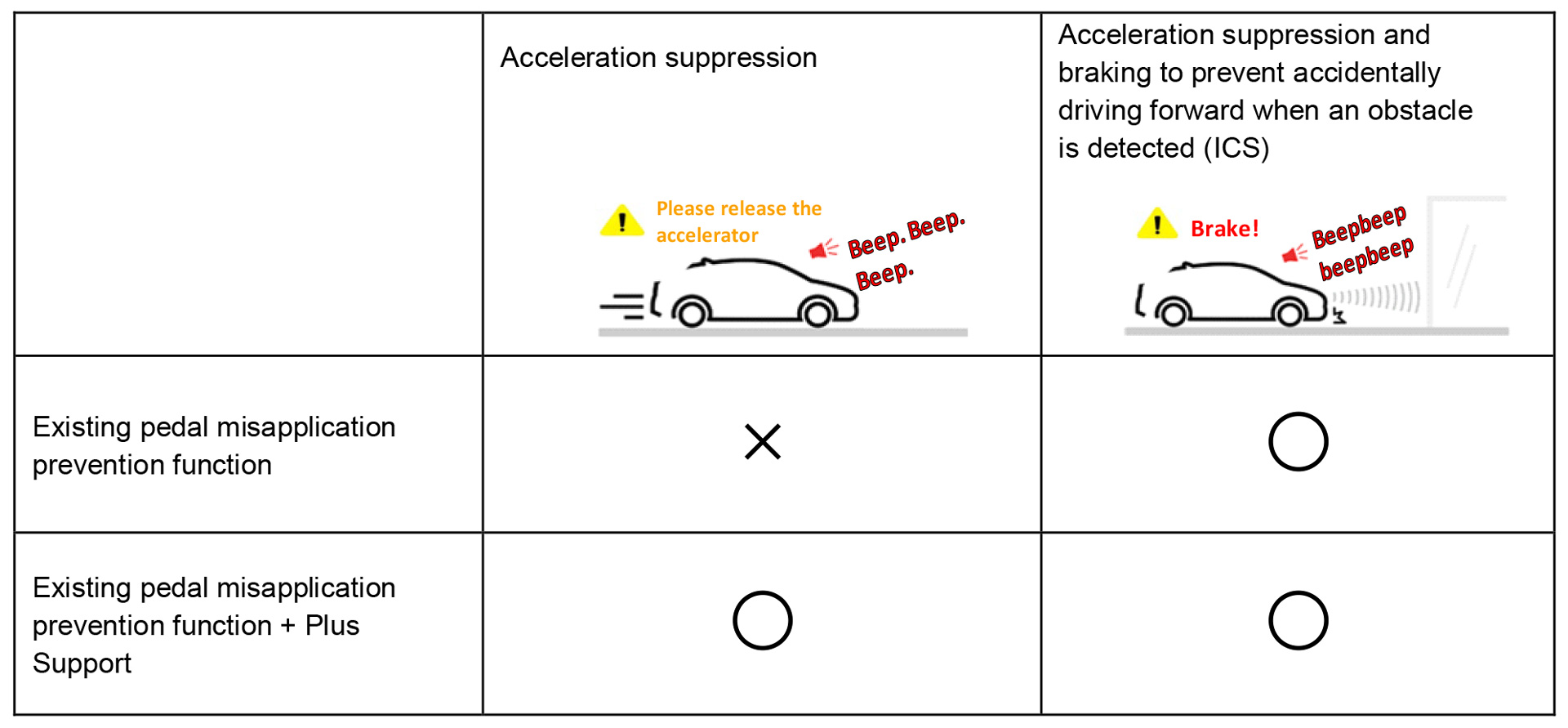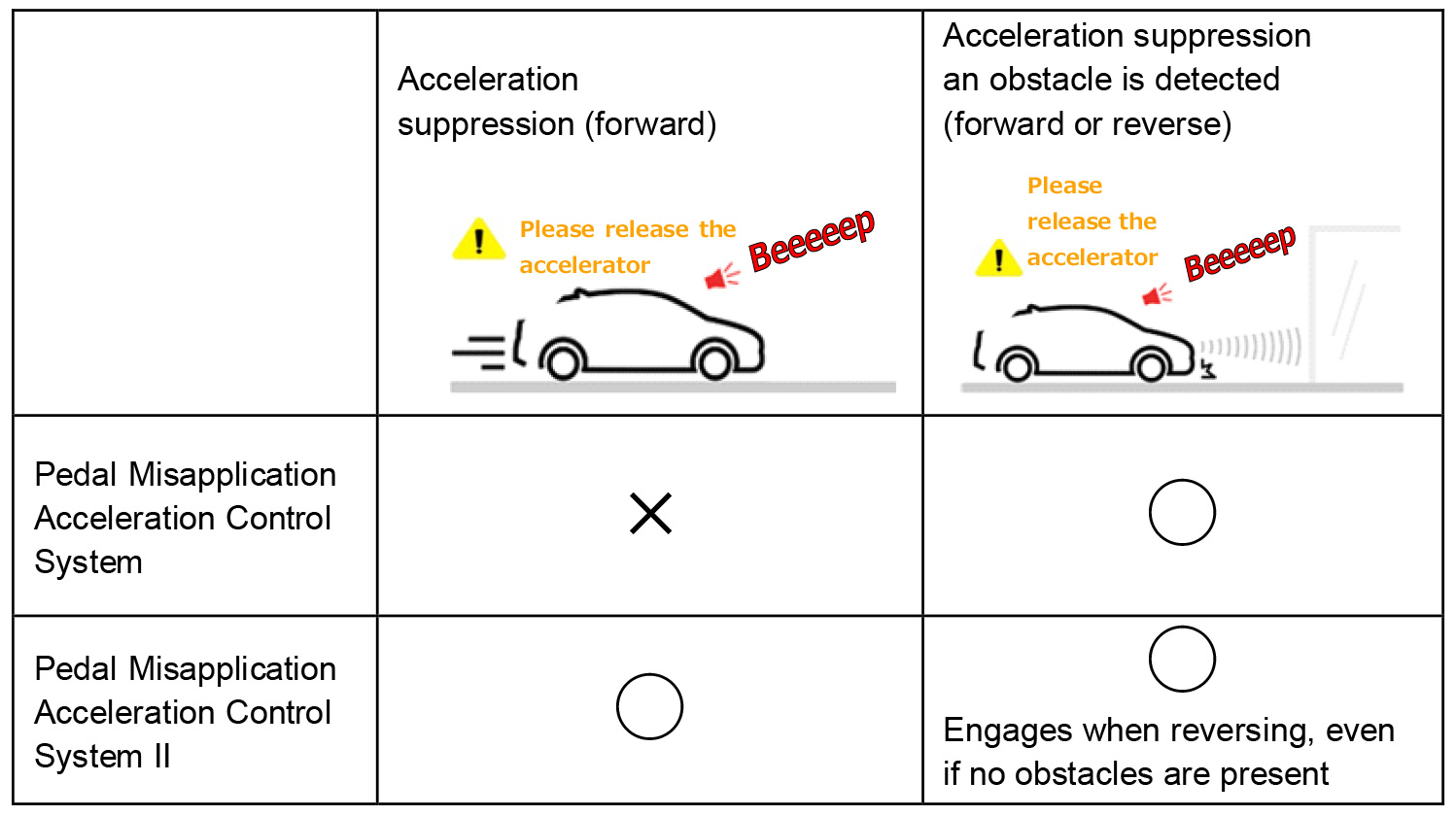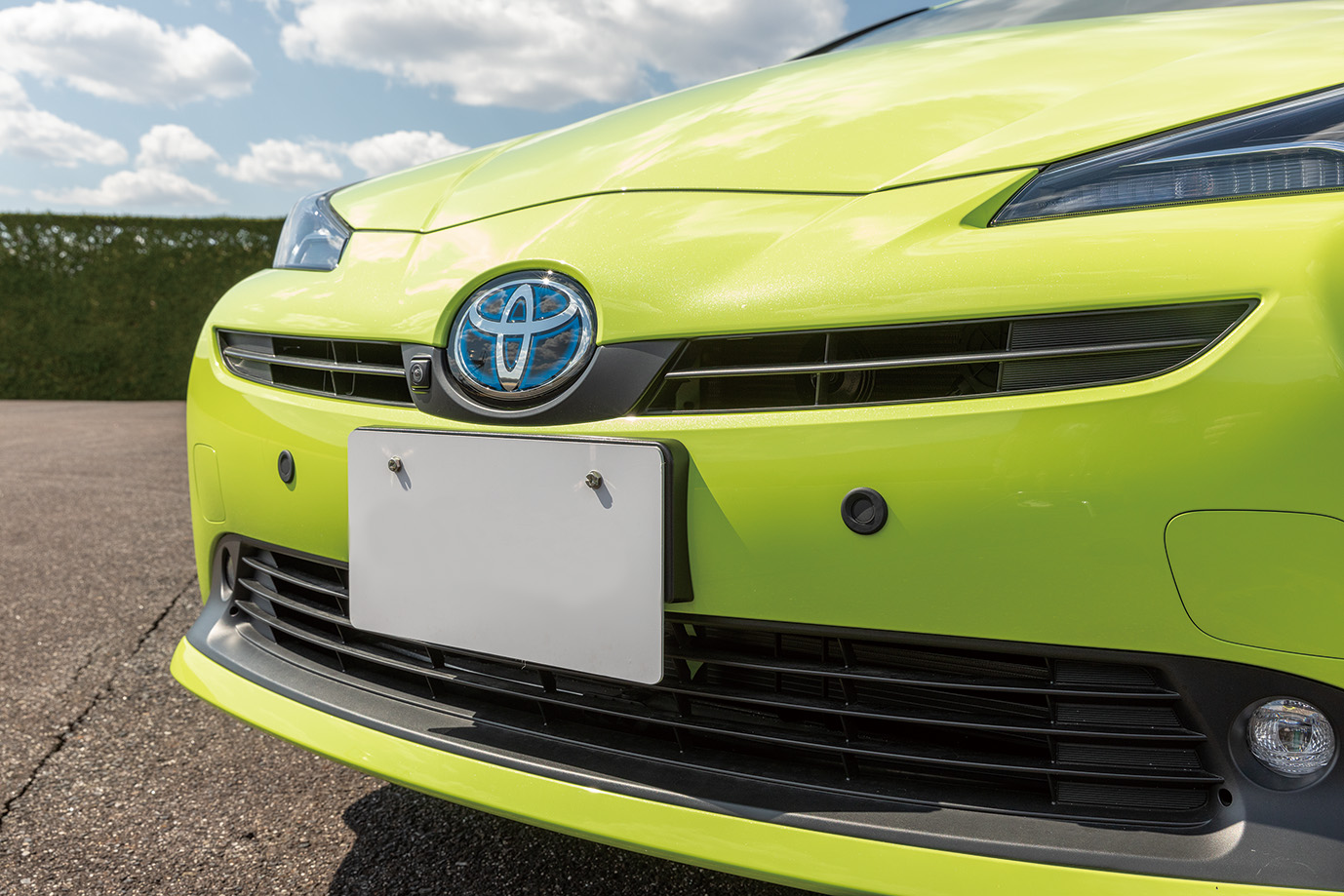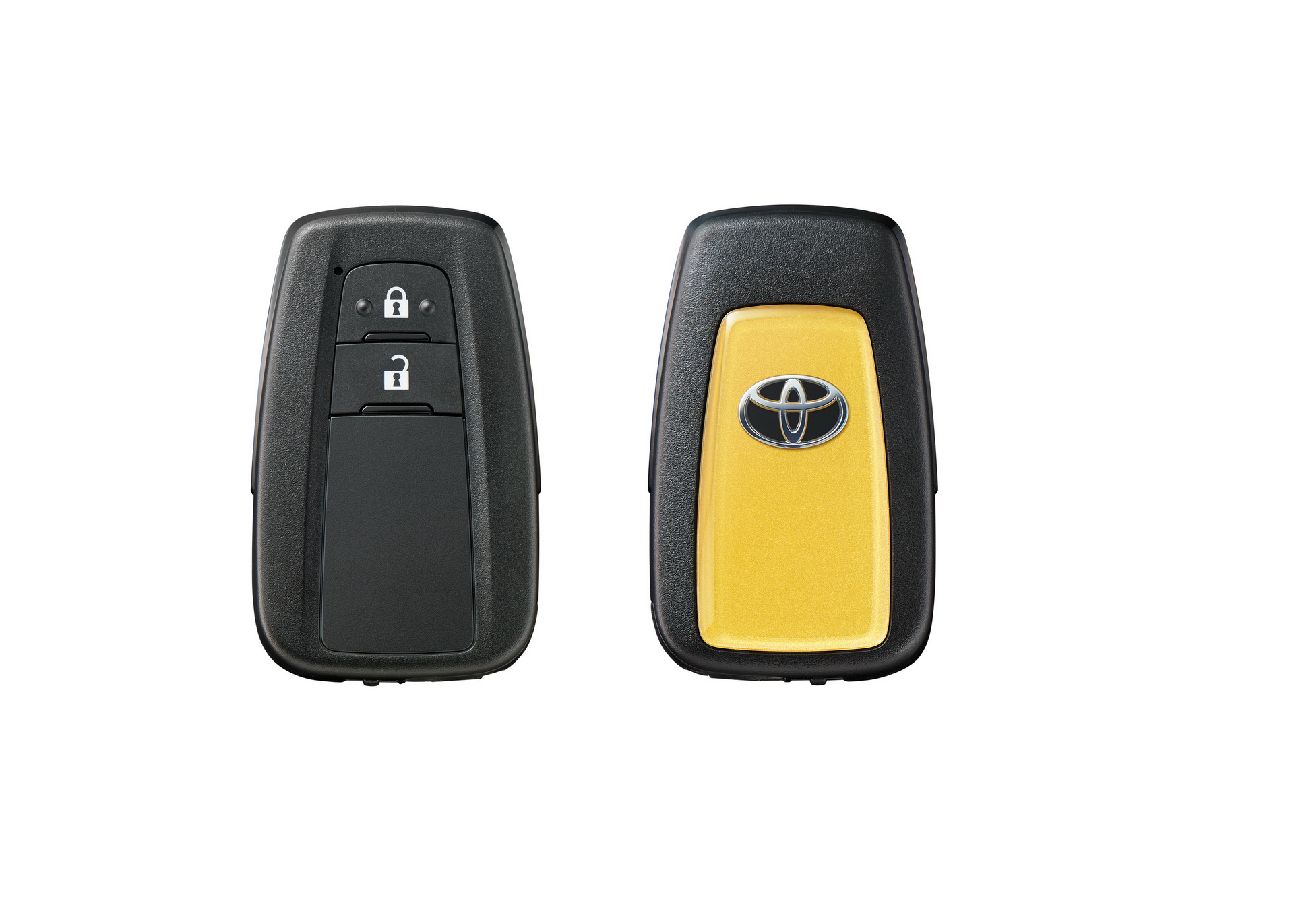Toyota continues to make its cars safer, and the latest technology gear will help reduce accidents occurred while mistaking the gas for the brake pedal.
Launched today in Japan as ‘Plus Support’ for new cars, it’s also available as a retrofit device for use with existing vehicles, with the latter being dubbed the ‘Pedal Misapplication Acceleration Control System II’.
An evolution of the existing technology introduced in 2018, which followed the 2012 Intelligent Clearance Sonar (ICS), it was developed after studying accidents that were caused by accelerator pedal misapplication. Unlike the older system, which only works when the sensors detect obstacles, the new one was tweaked to suppress the acceleration and apply the brakes even if there are no obstacles nearby.
Plus Support
Available at first in the Prius and Prius PHEV in the Land of the Rising Sun, the Plus Support will gradually make its way into other models.
“Plus support starts automatically when the vehicle doors are unlocked using a Plus Support Smart Key (13,200 yen / $122 option) for customers with concerns about driving”, said Toyota. “Even if obstacles are absent from the vehicle’s course, this system detects accelerator pedal misapplication and suppresses acceleration.”
The system does not work if the doors are unlocked using a conventional key, when the turn signal is on, after application of the brake pedal and while starting or accelerating up a steep hill.
Pedal Misapplication Acceleration Control System II
Available as a retrofit device to vehicles with ICS, made between December 2015 and June 2020, the Pedal Misapplication Acceleration Control System II starts at 38,500 yen ($357), excluding tax, or 17,600 yen ($163) less than the existing product, and was approved by the Ministry of Land, Infrastructure, Transport and Tourism.
“This product adds acceleration suppression functionality to the existing Pedal Misapplication Acceleration Control System, suppressing acceleration when pedal misapplication is detected, even if there are no obstacles in front of the vehicle,” Toyota explained. “In addition to the functions offered by existing systems that suppress acceleration when an obstacle is detected in front of the vehicle and suppress acceleration when reversing, this system aims to deter serious accidents and reduce damage caused by misapplication of the accelerator, regardless of whether any obstacles are present when reversing”
Toyota is not keeping this technology just for itself, as it has shared it with other Japanese automakers in an attempt to reduce the number of accidents locally.



